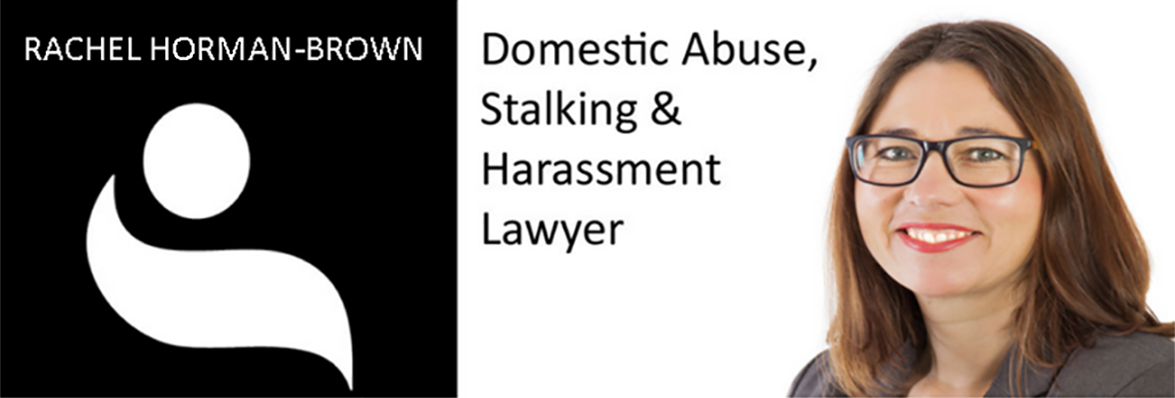There has been much debate recently about the benefits of risk assessment tools in Domestic Abuse, Stalking and Honour Based Violence cases and whether risk assessment tools should be abandoned altogether or whether its time for a new model. The debate has centred around the DASH risk assessment model which has been the go-to tool since 2009. The risk assessment consists of 27 questions which are designed to be a conversation starter to enable a dialogue and give victims “permission” as they put it to open up about the many facets of abuse including sexual, economic abuse and coercive control. As an accredited DASH Trainer I strongly believe that any perceived shortcoming with the DASH is actually down to operator error and the many untrained professionals who use it. A couple of hours training from someone else who has never been trained is simply dangerous. Used properly the tool is invaluable and can save lives.
As the head of an award winning domestic abuse, stalking and forced marriage law department I have had my team using the DASH for many years. We use it not as a means of counting the number of boxes ticked but as a tool to enable my lawyers to draw out the different strands of abuse from vulnerable clients who may not even recognise the different forms of abuse they have suffered. Ask a woman if they have been raped and they will say “no” – but ask the DASH Q 19 has he done or said things of as sexual nature to her that make her feel bad and very often the answer is “yes”. Many clients do not recognise that sex without consent is rape even in a relationship and therefore it is all about how we frame the question. Similarly ask a woman if they have been a victim of coercive control and very often they wouldn’t have a clue what you meant. Half of the questions in the DASH are around coercive control its just that often even those asking the questions don’t realise it! Ask about jealously (Q15), ask if they are frightened (Q2+3), ask if they are isolated (Q4), ask if she is stalked or harassed (Q8), ask if they are financially dependent (Q23)…you get the idea. The final part of the DASH is about other relevant information which the preceding questions should have brought up opportunities to talk about if done properly. This is the main point of the DASH – it was never meant to be a crystal ball.
Cast your mind back 15 years to the dark days before DASH (BD, if you like) when the police, social workers and health professionals never asked any questions other than “does he hit you” if you were lucky. Women would regularly attend health appointments with black eyes and nobody would ask any questions about it because they didn’t know what to say. Time and time again women would say to me “why did nobody ask me about it? I was crying out to be asked but it was as though one wanted to know and I felt I was expected to just put up with it.”
The compulsory use of DASH has forced the police and others to address all of the different forms of abuse with each victim they meet and gives them the right questions to ask – almost an idiot’s guide. The idiots do however need to have the training. Providing they are properly trained they will ensure that the victim feels able to disclose and therefore the professional is given the full picture of to enable effective safety planning and support to take place. Without the proper training the questions are not asked or even understood correctly and empathy is often lacking. There has admittedly been an over-focus on the score provided by the DASH – DASH was never meant to be a tick-box exercise however a lack of proper training has meant that this is common. Different geographical areas have different scores for high risk referrals to MARAC and the response from some areas to high MARAC caseloads is simply to increase the bar by requiring a higher score! This is not what DASH is about. Nor is DASH about allocating all the resources to only high risk victims. DASH has always maintained that risk is fluid and that standard risk victims still require support without which they may become the high risk victims of tomorrow.
Every domestic abuse case is different and there will always be issues unique to that particular case which will need to be discussed with the woman and do not form part of the DASH as to include every conceivable relevant question would render it unusable. The DASH is a device to open up a dialogue and the last part provides an opportunity to record all of the other issues that have arisen.
Criticism of the DASH is therefore flawed – the real focus of criticism needs to be the lack of proper training that professional have undertaken and are therefore unable to use it effectively. If we ensured that training was compulsory there would be a complete sea-change in how victims were dealt with and supported. Compulsory training for all professional within the criminal Justice system would also give them a better understanding of the risks and effects of domestic abuse which would result, not only, in more appropriate charges being brought – eg GBH rather than ABH, Stalking rather than Harassment but also more robust sentencing by the judiciary.
This aim is far more achievable and cost effective than devising a completely new tool – we have already invested in DASH but need to complete the journey with proper training for all for the sake of domestic abuse victims.
